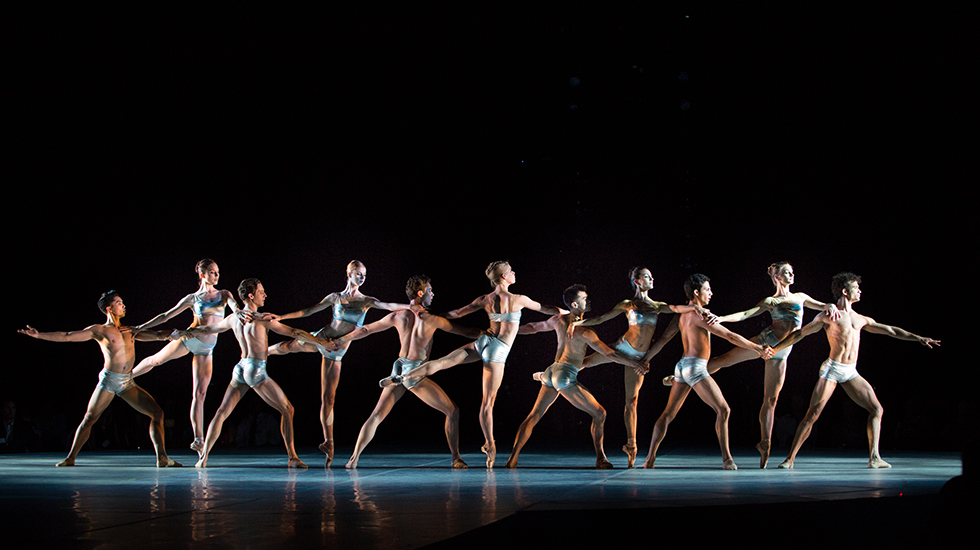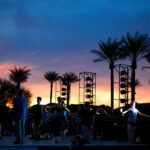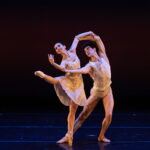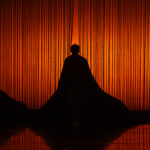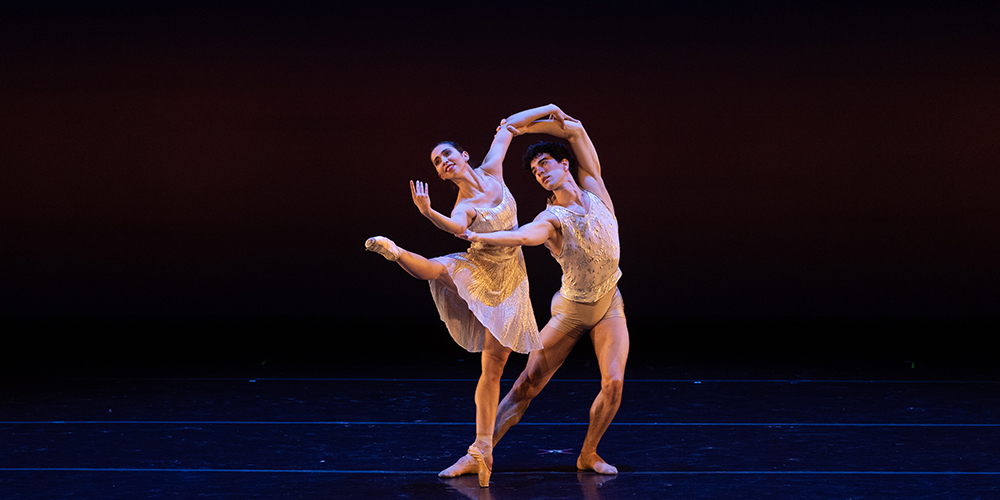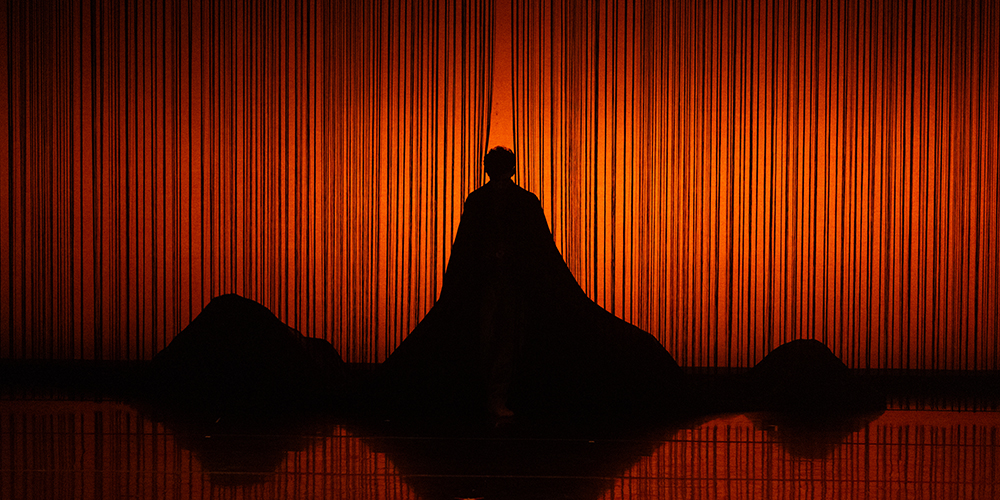Behind with Igor Stravinsky
There are few instances in history when a single artwork transcends its influences and truly breaks new ground. Stravinsky’s score for The Rite of Spring is one of those instances. Carried away by visions of the primordial past, Stravinsky wrote half an hour of music that broke nearly every established rule of good composing, and yet the score is gripping from its first note to its last. Many scholars have since attempted to devise theories to explain this music, and while they have discovered many interesting patterns, the score’s elemental power remains mysterious. Often composing with astonishing speed, Stravinsky later recalled that “I was guided by no system…I had only my ear to help me.”
“The idea of The Rite of Spring came to me while I was still composing Firebird,” Igor Stravinsky recalled, 45 years after the ballet’s first performance in 1913, in his book Conversations. Stravinsky’s music was meant to capture the spirit of the scenario, which he had outlined with the help of painter and ethnographer Nikolai Roerich and dancer and choreographer Mikhail Fokine during the spring and summer of 1910. The ballet that resulted revolves around the return of spring and the renewal of the earth through the sacrifice. In his handwritten version of the story, Stravinsky described The Rite as “a musical choreographic work. It represents pagan Russia and is unified by a single idea: the mystery and the great surge of the creative power of spring….”
Stravinsky completed the score on March 29, 1913, and exactly two months later, the ballet premiered in Paris at the Théâtre des Champs-Élysées, where it caused the famous scandal that ushered in modern music. Nijinsky’s choreography and the wild, unchecked power of Stravinsky’s score were something wholly new. Stravinsky wrote for one of his largest orchestras ever in The Rite, and he used it with an assurance and confidence one would hardly expect from a composer just out of his twenties and with only two big successes – The Firebird and Petrushka – behind him.

